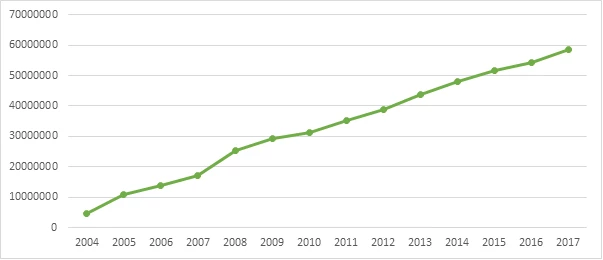
As Turkey accommodates more students into its schools, it also strives to provide safe and inclusive learning environments. Keeping students safe and ensuring that the country’s educational infrastructure is reliable and functional go hand-in-hand. One of the most significant challenges to school safety in Turkey is seismic risk: several fault lines run through Turkey and in the past they have generated some of the world’s deadliest earthquakes, heavily impacting densely-populated urban areas. Because displaced communities currently live in some of the most earthquake-prone regions of Turkey, recent studies suggest that current seismic assessments may underestimate mortality rates by 20 percent or more.
The Government of Turkey is working hard to address the challenge of expanding access to safe schools for both displaced populations and their host communities. By the end of 2017, the Government aims to achieve full educational enrollment for all Syrian children. In this context, the World Bank is administering a $160 million project that aims to build at least 56 disaster-resilient educational facilities to benefit up to 40,000 school children every year. Turkey’s Ministry of National Education is implementing the project, and the European Commission is financing it under its Facility for Refugees in Turkey (FRiT). The project is aligned with the Government’s priorities for responding to the distress faced by Syrian refugees in Turkey and its commitment to ensure that all education infrastructure is disaster-resilient and accessible to all by 2019.
Within the World Bank, this project is informed by technical support provided by the Government of Japan and also by our Global Program for Safer Schools. The latter initiative, launched in 2014 by the Global Facility for Disaster Reduction and Recovery (GFDRR), aims to identify scalable and sustainable solutions to ensure that educational infrastructure is resilient to climate and disaster risk. Moving forward, Turkey’s investments to improve the access of displaced communities to formal education through the construction of disaster-resilient schools can serve as a model for other countries vulnerable to natural hazards. Global estimates indicate that more than 875 million school children live in earthquake-prone regions around the world.
Enabled by key partnerships to protect the lives and academic futures of the most vulnerable learners, safer schools are just one element of Turkey’s comprehensive effort to enhance resilience to climate and disaster risk. Turkey’s ambitious goal to ensure the safety and continued education of Syrian children also builds on strategic and sustained investments in reducing disaster risk. In 2005, Turkey initiated the Istanbul Seismic Risk Mitigation and Emergency Preparedness Project (ISMEP), which leveraged $2.1 billion from partners to enhance preparedness, reinforce public infrastructure (including 873 schools serving 1.1 million students), modernize emergency response, and establish measures to improve building code regulations for the province of Istanbul.
Today, Turkey is once again demonstrating how investments in disaster resilience provide an opportunity to tackle a range of complex development challenges, from education to forced displacement.




Join the Conversation